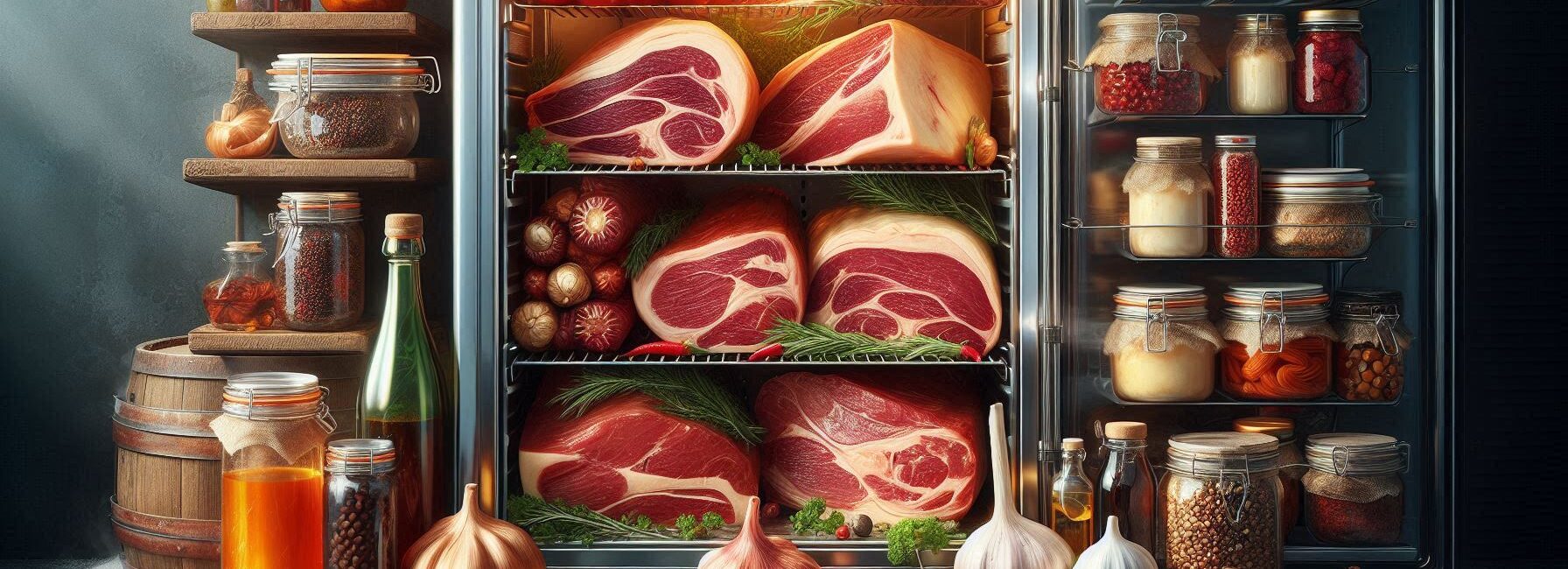Please Note: This post may contain affiliate links. If you click one of them, we may receive a commission at no extra cost to you. As an Amazon Associate, I earn from qualifying purchases.
Last Updated on October 19, 2025 by Kevin Collier

Top Takeaways and Key Concepts
Here are the top 5 actionable takeaways for protecting your food storage from pests and spoilage:
- Use Airtight, Pest-Proof Containers: Store food in sealed Mylar bags with oxygen absorbers.
- Freeze Dry Goods Before Storage: Freeze flour and grains for at least 72 hours to kill larvae.
- Inspect and Rotate Stock Regularly: Check for signs of infestation and use older items first.
- Maintain a Clean Storage Environment: Clean shelves and containers to prevent attracting pests.
- Seal Entry Points and Monitor: Use traps and seal cracks to keep pests out.
Let's be honest. Finding out that your food is ruined or full of bugs is the worst thing that can happen to a good meal. It's like getting ready for a great meal and then finding out the raccoons have turned your cupboard into a party. What a bummer, huh?
Picture this: you open a container and see a line of ants marching in. Oh no! Or that loaf of bread that smells like a scientific project all of a sudden. Eww. You want your food to taste pleasant and not make you sick. So, how can we keep those sly bugs and food going bad away?
First, consider about where you keep your food. The greatest place is one that is cold and dry. It's like making a nice house for your munchies. You don't want them to sit in a hot, humid place and collect all kinds of strange things.
Put things in containers that won't let air in. These are like tiny shields for your food. No more bugs getting in, and your leftovers will stay fresh longer. You can even use the jars again. Be creative!
Also, put labels on everything. Knowing what you have is helpful. Also, things are less likely to be forgotten until they become a science project.
Check your food often. Look in your fridge and cupboard every now and again. Finding a problem early means less food waste and fewer nasty surprises.
It's smart to get rid of additional crumbs or spillage. Clean the counters and shelves. Pests don't like clean areas. This one small thing can make a significant difference.
After you're done with the bags, make sure to shut them tightly. It's like giving your nibbles a big hug. They last longer when you keep air out.
*** Shop for Survival Gear - Tools - Kits ***
Survival Gear - Bags and Backpacks - Knives - Boots/Footwear - Communication
Outdoor Cooking - Gloves - Hydration - Dry Boxes - Water Filtration Systems
Tents - Sleeping Bags - First Aid Kits - Multi-Tools - Flashlights - Fire Starters
Navigation - Survival Food - Night Vision - Headlamps - Stun Guns - Binoculars
Making smart decisions is the key to keeping food safe. You can do it! Those meal plans will stay on track if you take care of them. Let's keep the raccoons out and eat fresh food together!
Understanding Common Pests
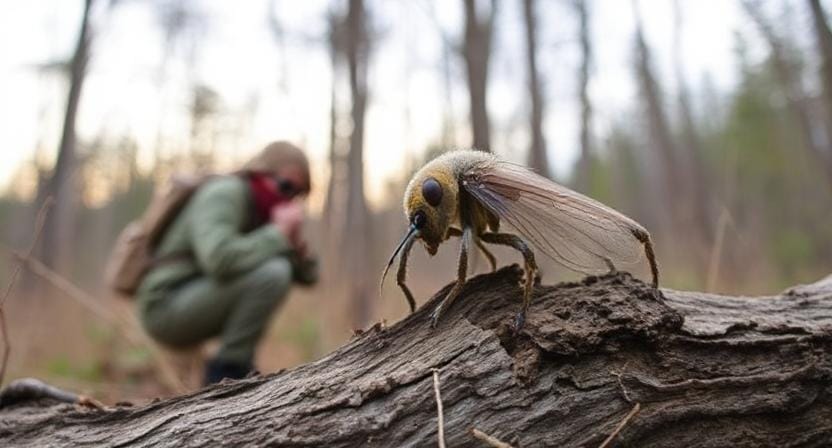
First, let's learn to know our enemies. Half the battle is knowing your enemy, right? You have a group of people who would make any horror movie proud when it comes to storing food.
1. Rodents: These furry little ninjas can get through holes as small as a dime, which is scary if you ask me. They not only eat your goodies, but they also leave droppings that could make your cupboard unsafe.
2. Insects: Pantry moths, beetles, and weevils are just waiting for you to invite them to your food party. Believe me, they don't RSVP; they just turn up and start eating.
3. Bacteria and Mold: These tiny bad guys aren't technically pests, but they may ruin your stored food faster than you can say “expiration date.” When moisture and organic materials get together, they cause spoilage, which is practically the worst thing that could happen.
Now that we know who they are, let's talk about how to keep them away!
Picking the Right Containers
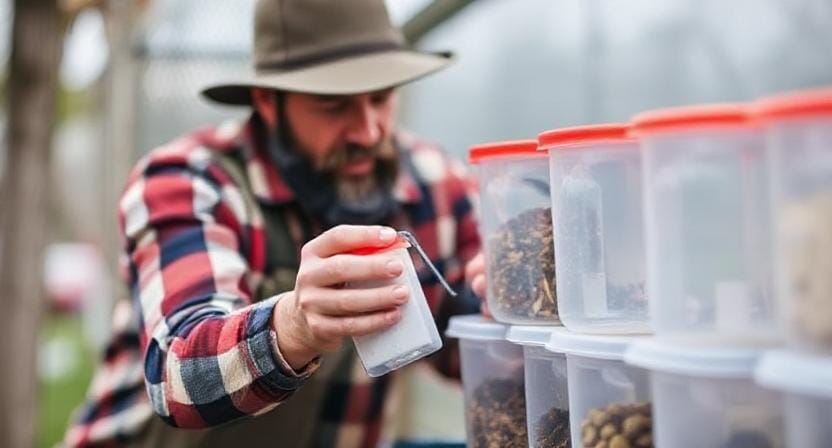
One of the easiest methods to keep your food safe is to choose the right containers. You wouldn't put ice cream in a paper bag (unless you like puddles), so why would you use weak packaging for other foods?
1. Containers that are airtight: Buy airtight containers made of glass or heavy-duty plastic that are of high quality. They not only keep bugs away, but they also help food stay fresh longer because air exposure makes it go bad.
2. Sealed Bags: Vacuum-sealed bags are great for keeping bugs and air out of things like grains and flour. They also save room in your cupboard.
3. Mason Jars: Don't think these old jars are not useful! They look lovely on your shelf and are perfect for keeping dry foods like beans and pasta.
4. Label Everything: I know that labeling things can be a pain, but trust me, it will help you avoid confusion (and maybe even cooking disasters) in the future. Put clear labels with dates on things so you know what to eat first.
Keeping the Right Temperature and Humidity

It's interesting that temperature and humidity are so important for keeping food fresh. Just ask my wilted herbs that thought they could survive without appropriate care!
1. Cooler Temperatures: Most foods do better in cooler places, like the fridge, where bacteria can't grow as quickly. Put meats and dairy goods that go bad quickly in the cooler parts of your fridge.
2. Stay away from places with high humidity. Pests love moisture! To keep mold from growing, keep dry products in cool, low-humidity places like basements or pantries that are well away from hot kitchens.
3. Check the conditions often. If you need to, use thermometers or hygrometers. It's good to know if the conditions are perfect for keeping those tasty treats or turning them into science experiments!
Keeping Clean
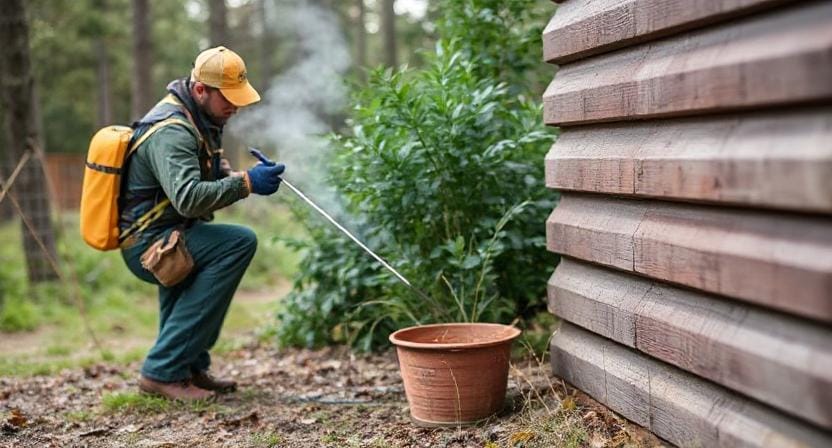
On that note… Hygiene is more important than I ever thought until I found old spaghetti sauce stuck to my favorite spatula last week. Some advice:
1. Keep it clean: Before putting away new things, make sure the shelves are clean by using soap and water or vinegar solutions to get rid of crumbs that attract bugs looking for a snack.
2. Regular Inspections: Don't only check your stored items during spring cleaning; do it all year round. Check for symptoms of infestation or deterioration early on, before they turn into big problems.
3. Change the stock often: Use a “first-in-first-out” system to organize your pantry supplies so that older goods are consumed before newer ones. This is a simple trick that helps cut down on waste and keep things fresh!
How to Deal with Infestations
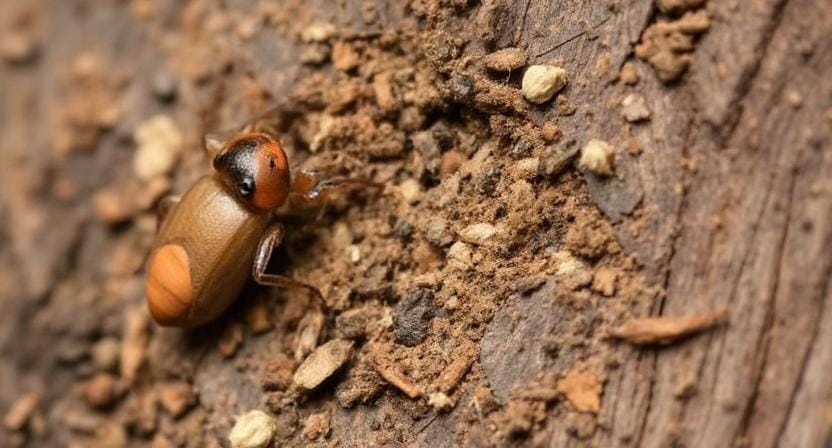
Even though you took steps to keep pests and spoilage at bay, sometimes things just happen! If you find an infestation despite all your efforts:
1. Do it fast! Get rid of the damaged things right away; you don't want them to spread their mess throughout your cupboard.
2. Deep Clean Your Space: After getting rid of the things that were infested, clean every surface where those annoying pests could have gone. This means scrubbing and disinfecting at the same time!
3. Use Natural Deterrents: Think about putting natural deterrents like essential oils (peppermint oil works great) around storage spaces. They smell good and keep pests away!
Conclusion
Keeping our food safe from pests doesn't have to be a chore. It can actually be kind of fun—with a little bit of effort and maybe a laugh or two.
Think about it. Knowing what can mess with our food helps a ton. Bugs, mice, mold—they’re like sneaky ninjas trying to ruin our snacks. Identifying these little troublemakers is the first step.
Choosing the right containers is a game changer. Get some cool ones that seal tight. You can even let your kids decorate them! Make it a little project. It’s like teaching them to be mini food protectors.
It's also important to keep everything in the appropriate state. A cold, dry setting makes a big difference. You want your food to be in a decent place, right? It's like giving it a wonderful break.
It is very vital to keep the kitchen clean. Cleaning the counters and keeping everything in order keeps us from getting messy surprises. Cleaning up quickly might feel good. It also helps your place smell good and clean.
If you see any pests lurking around, do something right away. You might feel a little scared, but you can handle it. Take what you need and throw them away. Then look around to make sure they don't come back.
It's great to eat cuisine that doesn't surprise you. You can keep your munchies safe and sound with a little work and some smart tactics. Let's have some fun with it! After all, delicious food needs a happy place where no one else is around. Here's to tasty dinners with no surprises!
Suggested Resources:
How To Keep Mice Out of Your Food Storage
https://www.wikihow.com/Keep-Mice-Out-of-Your-Food-Storage
The Ultimate Guide to Food Storage
https://www.thepioneerwoman.com/home-lifestyle/a32903357/the-ultimate-guide-to-food-storage/
Essential Oils for Pest Control
https://www.healthline.com/nutrition/essential-oils-for-pest-control

Kevin Collier is a seasoned survivalist and expert in prepping and homesteading, contributing to WiseSurvive.com. With a deep-rooted passion for self-sufficiency and outdoor survival skills, Kevin shares practical advice, strategies, and resources to help individuals prepare for any challenge. His informative articles cover a range of topics, from essential survival techniques to sustainable living practices, empowering readers to thrive in any situation. Whether you're a novice or a seasoned prepper, Kevin's insights will inspire you to take charge of your readiness and build resilience for the future.


